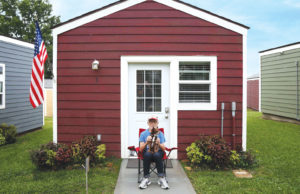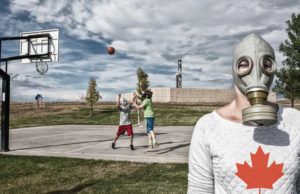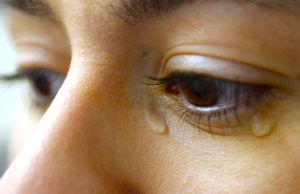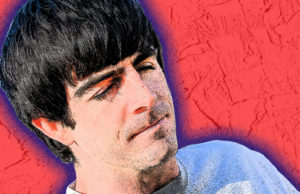LOS ANGELES — An 18-year-old gay man from Texas
allegedly slain by a high school classmate who believed his friend was
making advances toward him; a 31-year-old transgender woman from
Pennsylvania found dead with a pillowcase around her head; and a
24-year-old lesbian from Florida purportedly killed by her girlfriend’s
father, who disapproved of the relationship.
The homicides are a sampling of 2010 hate crimes
against gay, lesbian, bisexual and transgender people compiled by a
national coalition of anti-hate organizations.
The report, released Tuesday, showed a 13 percent
increase over 2009 in violent crimes committed against people because of
their perceived or actual sexual orientation, gender identity or status
as HIV-positive, according to the National Coalition of Anti-Violence
Projects.
Last year’s homicide count reached 27 — up from 22 in
2009 and the second-highest number since the coalition began tracking
such crimes in 1996. Of those killed, the data show, 70 percent were
minorities and 44 percent were transgender women. The attacks also show a
higher level of brutality, the report concludes.
The trends, said Jake Finney, project manager with
the Los Angeles Gay and Lesbian Center, one of 43 groups that
participate in the coalition, “will not change without raising awareness
of this brutality and taking affirmative steps to address transphobia.”
The 2010 murder count is second to the 29 logged in
1999 and 2008. Among the 2008 fatalities was gay Oxnard, Calif., high
school student Larry King. The classmate charged in that killing,
Brandon McInerney, is currently on trial in Superior Court in his
murder.
Not all the crimes were classified by law enforcement
as hate-motivated, in part because some states have no such statute. In
other cases, the coalition’s member organizations pushed police to
recognize the hate bias.
Among those, Finney said, was the case of a
transgender man who was attending a Los Angeles area university and was
attacked in a campus bathroom.
“The attacker used a sharp instrument to carve the
word ‘It’ in the victim’s chest, and campus police were not clear that
the word ‘It’ was a slur and indicated anti-transgender bias,” Finney
said. “It took a great deal of advocacy to have them classify that
incident as a hate crime.”
———
(c) 2011, Los Angeles Times.
Visit the Los Angeles Times on the Internet at http://www.latimes.com/.
Distributed by McClatchy-Tribune Information Services.














